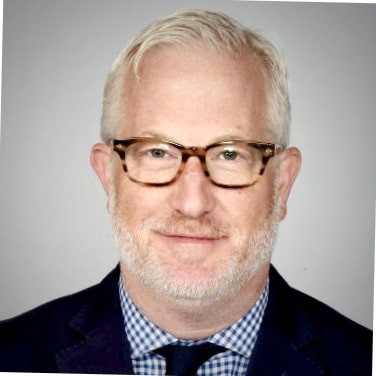- Video Library
- Avi Fischer, ElectroPhysiology Frontiers - Treating Atrial Fibrillation | LSI Europe '22
Avi Fischer, ElectroPhysiology Frontiers - Treating Atrial Fibrillation | LSI Europe '22

Avi Fischer
When developing our catheter ablation system, we were deliberate in the overall design and approach taken. We incorporated a unique anchor for catheter stabilization and to improve contact, as well as a circumferential linear array of electrodes able to conform to a variety of anatomies. Our aim is to simplify PVI, improve patient outcomes and provide increased access to ablation for the many patients suffering from AFib.
Avi Fischer
When developing our catheter ablation system, we were deliberate in the overall design and approach taken. We incorporated a unique anchor for catheter stabilization and to improve contact, as well as a circumferential linear array of electrodes able to conform to a variety of anatomies. Our aim is to simplify PVI, improve patient outcomes and provide increased access to ablation for the many patients suffering from AFib.

17011 Beach Blvd, Suite 500 Huntington Beach, CA 92647
714-847-3540© 2025 Life Science Intelligence, Inc., All Rights Reserved. | Privacy Policy







